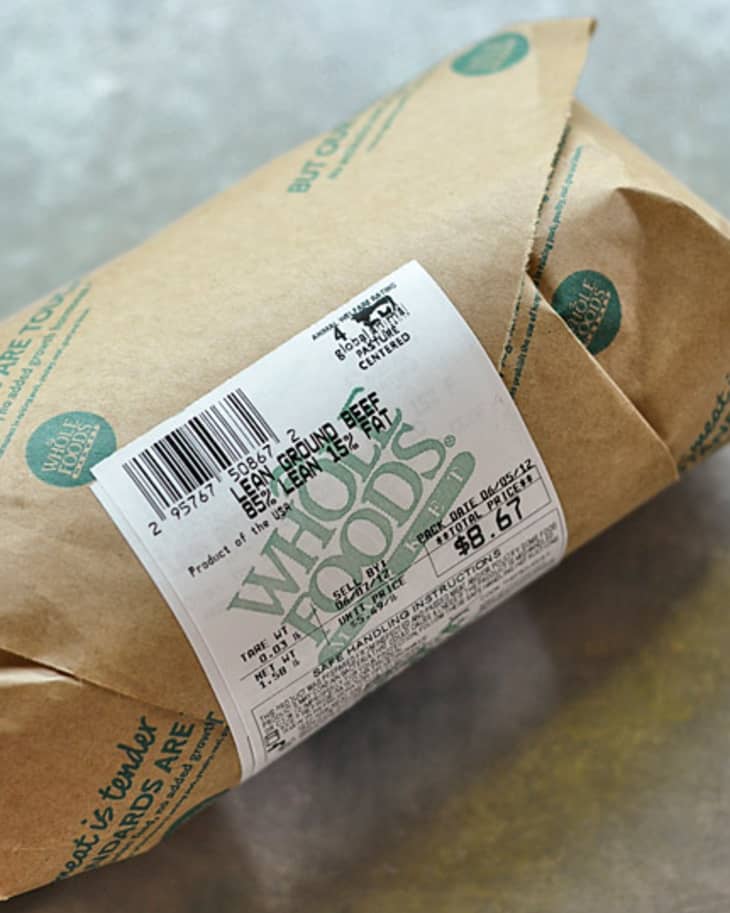Ground Beef How Is It Made
What's Really in Your Ground Beef?

For Nick Paul, a meat cutter at The Hills Market, an independent grocery in Columbus, Ohio, the answer is easy: "If I'm grinding chuck, I'll cut it down into manageable portions for our grinder," he says, "I won't add anything except beef. If we have leaner meat than we need, we'll add trimmed-off fat from another roast."
But not all ground beef is made by the folks at the store level.
While the Hills Markets of the world — independent markets, specialty grocers and high-end supermarkets — bring in larger cuts (or use the trimmings from meats already sold in house) and hand-cut them down into manageable pieces to be run through a large grinder, larger-volume stores turn to beef distributors to help cut labor at the store level. One distributor prides itself on providing grocery stores with 8,000,000 burger patties a week.
According to a former meat industry insider, chain stores go one of two routes for presenting ground beef to their customers. The first is to bring in 60-pound cases of coarse pre-ground beef at different levels of fat content, and then add trimmings in-house to finish off the process.
The second — presenting pre-packaged ground beef designed to look like it's made in the store — is more suspect and may become more prevalent, thanks in part to the Food Safety Modernization Act, which was signed into law in 2011. This law requires retailers to be able to trace all meat products — including ground beef — back to its source. To comply with the tracing rules, my insider says, it's much easier for stores to buy something made elsewhere than it is to report exactly which cuts go into the end product.
Here are two things besides meat that may be in your grinds.
Nitrogen
Like your ground beef to be a bright red color? You can thank carbon monoxide, carbon dioxide, a large percentage of nitrogen, and the FDA. This three-gas mixture helps to keep the red look desired by, well, everyone. And while it's completely safe to eat, it does mess with our perception of the concept of fresh. (And, by the way, you won't be able to find nitrogen on a label. If you really want to know if the beef you're eating uses this, ask your grocer; if you want to know if your beef is fresh, use your nose.)
Tip: If your ground beef is red on the outside and grayish brown on the inside, don't panic — it's all about air. The pigment in meat changes colors when exposed to oxygen. If anything, the non-red color on the unexposed part of your ground beef is indication that this mixture does not contain nitrogen.
Bacteria
Don't freak out — bacteria is everywhere. The important differentiation is bacteria that lives "on" your meat versus bacteria that's mixed up "in" your meat. When cooking a steak, the sickness-causing bad guys such as E. coli and Salmonella that may live on the outside of the meat are heated and killed with the cooking process. But with ground beef, these guys are mixed into the center, and won't be killed unless the internal temperature is at least 160°F. That undercooked ingredients advisory at the bottom of menus is there for a reason, and while a good medium-rare or rare burger sounds lovely, industry professionals take the USDA's cooking advisements seriously.
Want to avoid issues and unreported extras? "Buy from a place that grinds fresh daily and avoid meat from that grab-and-go case," says Alexis Randolph, meat manager at Weiland's Market, a butcher shop that's been grinding beef daily for 55 years.
Source: https://www.thekitchn.com/whats-really-in-your-ground-beef-228752
0 Response to "Ground Beef How Is It Made"
Post a Comment